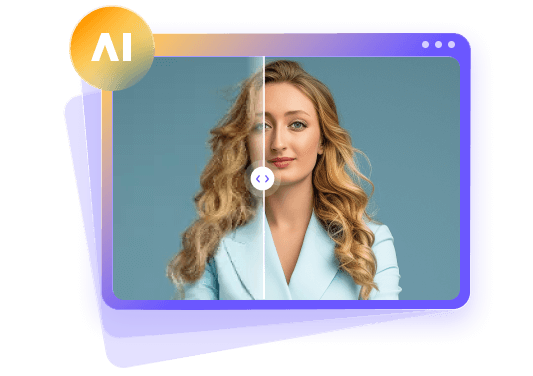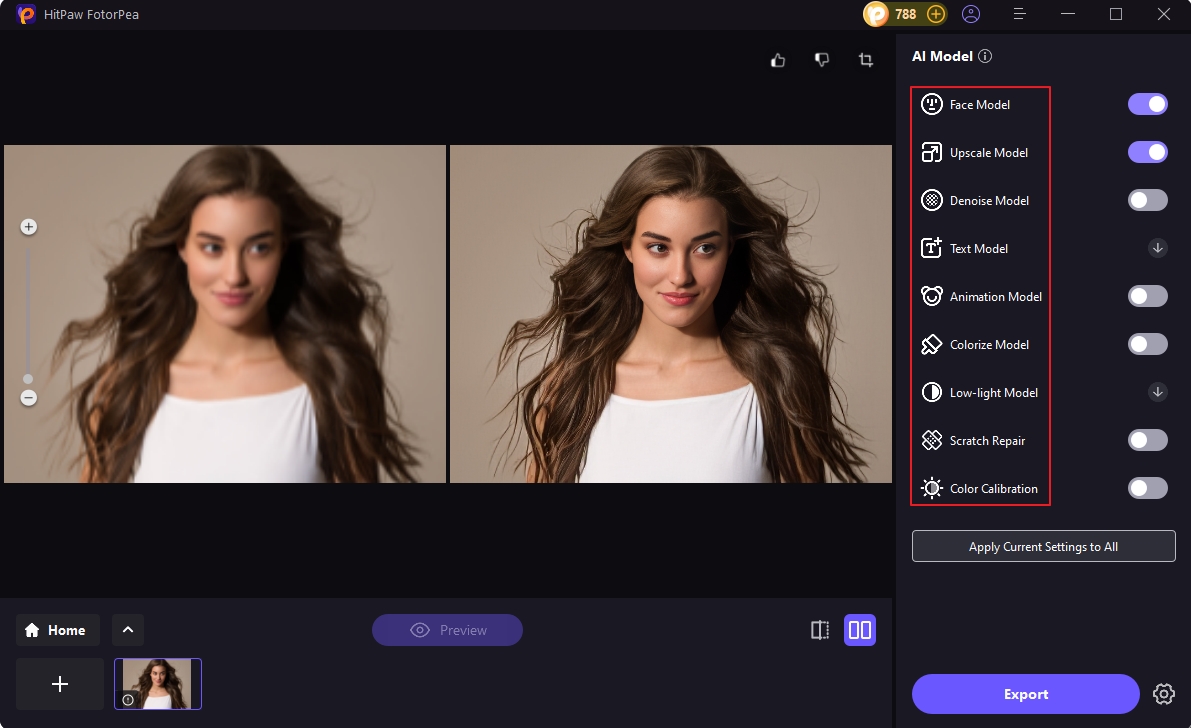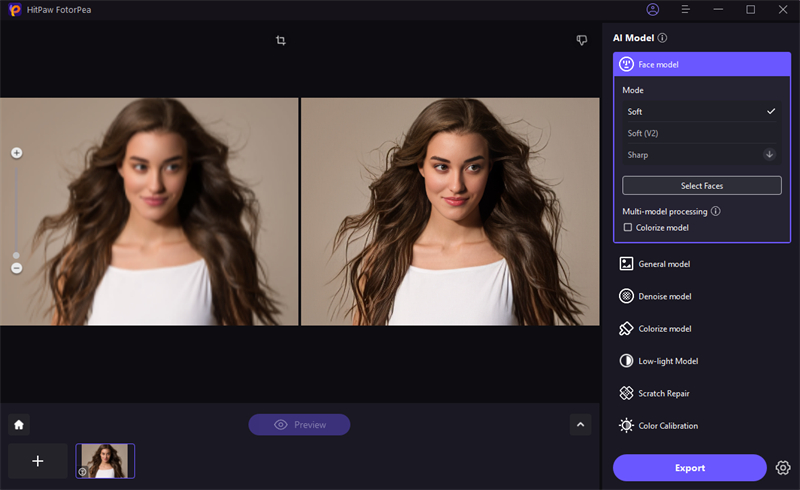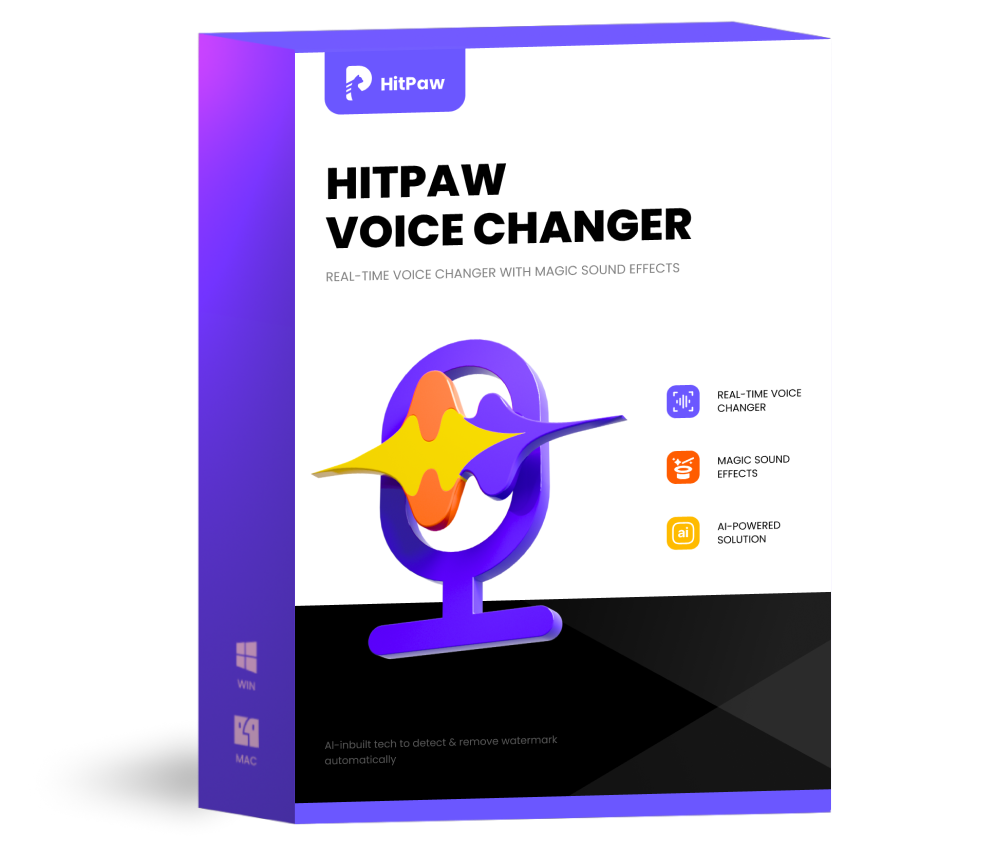Does AI Photo Retouching Violate Portrait Rights?
In today's visual-centric world, AI-powered photo retouching tools are everywhere-from Instagram filters to advanced facial editing apps. These tools allow users to smooth skin, reshape facial features, and even adjust body proportions with just a few clicks.
However, as AI retouching becomes more widespread, a critical question emerges: Does altering someone's appearance with AI without their consent infringe upon their portrait rights? This blog explores the legal boundaries and responsible practices when using AI photo enhancement.

Part 1. What Is AI Photo Retouching?
According to a 2023 report by Grand View Research, the global AI photo editing market is projected to grow at a CAGR of 21.6% from 2023 to 2030, driven by rising demand for automation in visual content creation.
Common AI Retouching Techniques
- Facial adjustments (e.g., slimming, reshaping)
- Skin smoothing and whitening
- Teeth whitening and blemish removal
- Body reshaping (height, waist, posture)
- AI-powered auto-enhancements and repair for old or blurry photos
From Instagram influencers to e-commerce ads, AI retouching spans social media, marketing, and journalism. Yet its accessibility raises ethical and legal concerns, especially when editing others' likenesses.
Part 2. What Are Portrait Rights and Why They Matter
Portrait rights, also known as the right of publicity, refer to an individual's legal right to control how their image is used. This includes the right to prevent unauthorized use or manipulation of their likeness, especially for commercial purposes.
Example Scenarios:
- An influencer's photo is AI-enhanced and used in an ad without their consent
- A bystander's face is altered and shared online as part of a viral meme or campaign
- A person's real image is transformed so significantly it becomes misleading or defamatory
In such cases, the subject may have grounds to claim infringement on their image rights, emotional damage, or misuse of personal data.
Part 3. The Legal Risks of AI Face Retouching & How to Avoid
While AI tools offer impressive capabilities, their misuse can lead to serious legal consequences.
Key Risks Include:
- Violation of personality or reputation rights: Modifying someone's facial features without permission may be seen as defamation or misrepresentation.
- Misleading or harmful edits: Excessive beautification may distort the subject's identity, causing emotional distress or social backlash.
- Data privacy violations: Under laws like the EU's GDPR, biometric data derived from facial images may be considered personal data. Processing it without explicit consent could breach privacy regulations.
- Commercial misuse: Using AI-modified portraits in ads, thumbnails, or marketing without proper release forms could lead to lawsuits or takedown requests.
How to Avoid Infringing on Portrait Rights When Using AI Enhancers
To stay on the right side of the law while enjoying the benefits of AI photo editing, consider the following guidelines:
- Always obtain consent. Use written permission (model releases) when editing or distributing someone's portrait, especially for commercial use.
- Avoid altering public figures or others without permission. Even minor edits could be viewed as reputational harm or misappropriation of likeness.
- Be transparent. When sharing edited images, especially in marketing or media, disclose that retouching was applied.
- Maintain original backups. For legal protection, always keep unedited versions of AI-enhanced images.
Part 4. HitPaw FotorPea: A Responsible & User-Centric AI Photo Enhancer
HitPaw FotorPea is an AI-powered photo enhancer designed for safe, ethical, and user-controlled image retouching. Whether you're a content creator, photographer, or social media enthusiast, FotorPea provides powerful editing tools without compromising compliance or privacy.
Key Features:
- AI face retouching (skin smoothing, facial structure refinement)
- Portrait enhancement for clarity, lighting, and blemish removal
- One-click AI photo repair for blurry, old, or damaged images
- Batch processing for high-efficiency workflows
Why It's a Safe Choice:
- Local or secure environment editing: Your photos are never uploaded or stored on external servers without permission.
- User-controlled intensity: Customize the level of enhancement to preserve natural appearance.
- Transparency-friendly: Compare edited and original images to ensure authenticity.
- For authorized use: Designed to support creators who work with properly licensed or self-owned content.
- Realistic enhancements only: Avoid over-exaggerated filters that distort identity.
How to Use HitPaw FotorPea:
Step 1.Install and Launch HitPaw FotorPea on your computer. Click Enhance Photos Now to import your photo(s) to this program.

Step 2.HitPaw FotorPea provides different AI models. You can choose an AI enhancement mode according to the photo you've imported.

Step 3.Adjust intensity to control the beautification level, and then preview changes with the built-in before/after slider

Step 4.Click the Export button to save the enhanced image when satisfied.
Conclusion: Balance Beauty and Rights
AI photo retouching has transformed the way we present ourselves online. But with this power comes the responsibility to protect individual rights and uphold ethical standards.
Enhancing a photo should never come at the cost of violating someone's image or consent. By choosing tools like HitPaw FotorPea-which prioritize user control, transparency, and legal compliance-you can enjoy the benefits of AI enhancement while staying respectful and lawful.













 HitPaw Univd (Video Converter)
HitPaw Univd (Video Converter) HitPaw VoicePea
HitPaw VoicePea  HitPaw VikPea (Video Enhancer)
HitPaw VikPea (Video Enhancer)



Share this article:
Select the product rating:
Daniel Walker
Editor-in-Chief
This post was written by Editor Daniel Walker whose passion lies in bridging the gap between cutting-edge technology and everyday creativity. The content he created inspires the audience to embrace digital tools confidently.
View all ArticlesLeave a Comment
Create your review for HitPaw articles